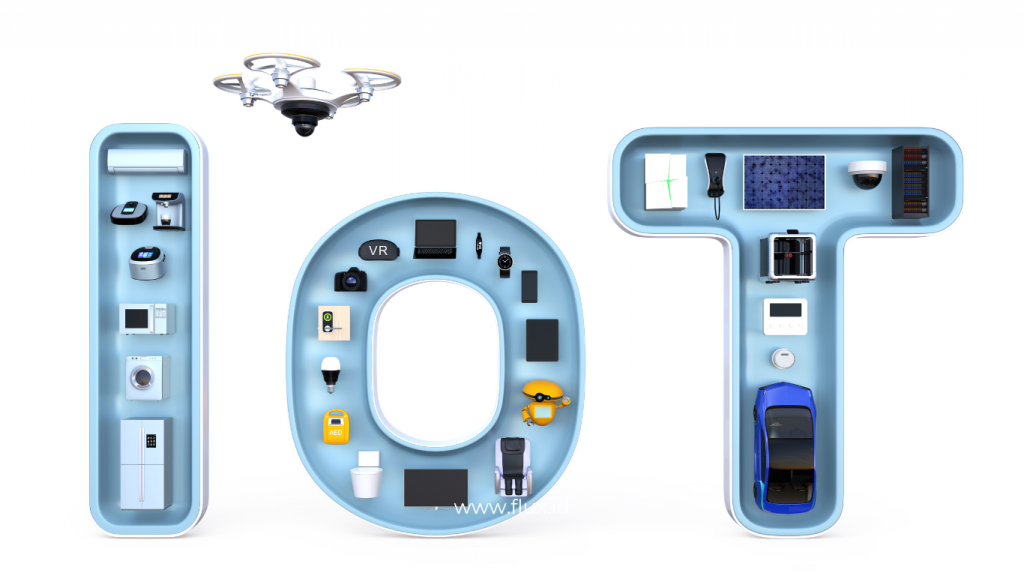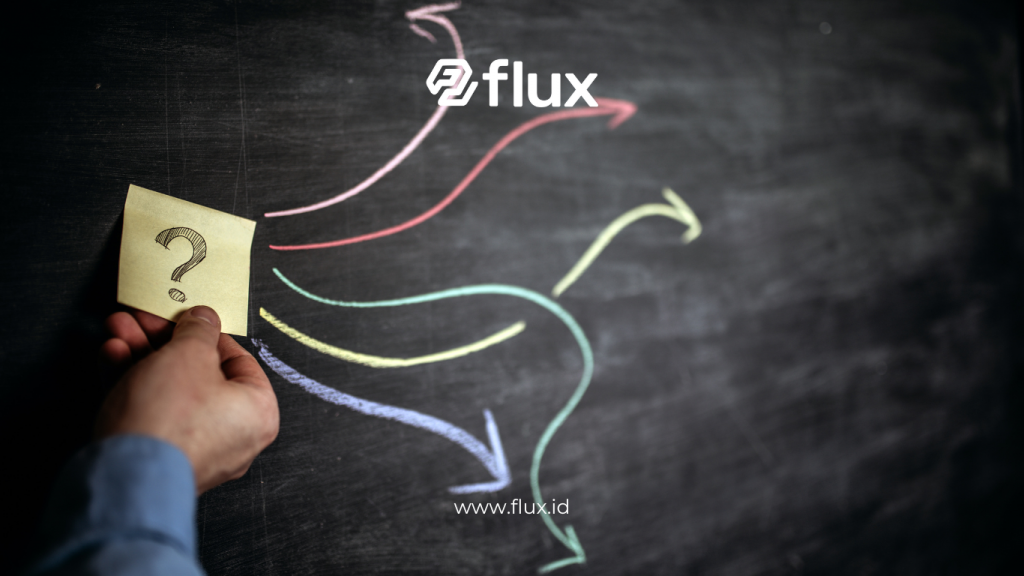Don't miss our holiday offer - 20% OFF!
In today’s digital era, the concept of smart cities is increasingly relevant due to rapid technological advancements. Internet of Things (IoT) sensors play a crucial role in this transformation. They help optimize urban infrastructure in ways previously unimaginable. This article will explore how IoT sensors can revolutionize the management and improvement of urban infrastructure. Additionally, it will highlight the benefits these technologies bring to society and the environment.
Contents
What Are IoT Sensors?

Read More: 5 IoT Sensors Advancing Education: Enhancing Efficiency and Learning Environment Quality
Definition of IoT Sensors
IoT sensors are advanced devices that collect and transmit data over the internet. These sensors monitor various parameters such as temperature, humidity, and air quality. The data collected allows for more informed and timely decisions.
Functions and Components of IoT Sensors
IoT sensors consist of several essential components: the sensor itself, data collection devices, and internet connectivity. The sensor gathers environmental data, data collection devices process this information, and internet connectivity enables data transmission to servers for further analysis.
The Role of IoT Sensors in Urban Infrastructure

Read More: How IoT Sensors Help Manage Urban Air Quality: Modern Solutions for Pollution and Sustainability
1. More Efficient Traffic Management
IoT sensors significantly enhance traffic management by monitoring traffic flow in real-time. Data from these sensors enables the optimization of traffic lights, reduces congestion, and improves road safety. As a result, cities experience smoother traffic flow and fewer delays.
2. Intelligent Energy Management
In smart cities, IoT sensors play a vital role in monitoring energy consumption across various facilities and buildings. By analyzing this data, cities can identify areas of excessive energy use. This enables more efficient energy management, reducing both consumption and operational costs.
3. Air Quality Monitoring
Another critical application of IoT sensors is air quality monitoring in large cities. By collecting data from multiple locations, governments and organizations can track pollution levels. Consequently, they can implement measures to reduce emissions and enhance the quality of life for residents.
4. Water and Drainage Management
IoT sensors are also instrumental in managing water and drainage systems. They detect leaks, measure water flow, and identify potential flooding issues. This data allows for proactive measures to address problems before they escalate into major disasters.
5. Security and Surveillance
In terms of security, IoT sensors enhance surveillance and safety in public areas. They detect suspicious activities and support security responses. Integrated camera systems and motion sensors work together to maintain a safer urban environment.
Benefits of Smart City Transformation with IoT Sensors

1. Improving Quality of Life
By optimizing various aspects of urban infrastructure, IoT sensors contribute to an improved quality of life. Residents benefit from cleaner environments, more efficient transportation systems, and better public services.
2. Cost Efficiency
Effective resource and infrastructure management leads to significant cost savings. For instance, better energy management and water system monitoring reduce operational expenses and maintenance costs.
3. Responsive to Issues
IoT sensors enable quick responses to emerging issues. Real-time data facilitates early detection and rapid action, which minimizes the impact of potential disasters or damage.
4. Enhanced Sustainability
Smart cities leverage IoT sensors to manage resources more efficiently, reducing environmental impact and increasing sustainability. Implementing green technologies and energy-efficient solutions helps lower the overall carbon footprint.
Challenges in Implementing IoT Sensors

1. Security and Privacy Issues
The deployment of IoT sensors raises important concerns about data security and privacy. It is essential to implement robust security measures to protect sensitive information collected by these sensors.
2. High Initial Costs
Although IoT sensors offer long-term cost savings, the initial expenses for installation and system integration can be substantial. Proper planning and budgeting are necessary to overcome this challenge.
3. Technological Limitations
Despite ongoing advancements, IoT sensor technology has limitations regarding range, accuracy, and current capabilities. Continued development is needed to address these limitations and enhance sensor performance.
Conclusion
The integration of IoT sensors into urban infrastructure transforms cities, offering numerous benefits. These sensors enhance traffic management, energy efficiency, air quality, water and drainage systems, and security. While challenges such as security concerns and high initial costs exist, the advantages of implementing IoT sensors outweigh these obstacles. Investing in this technology is essential for developing smarter, safer, and more sustainable urban environments.





